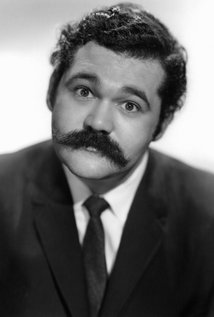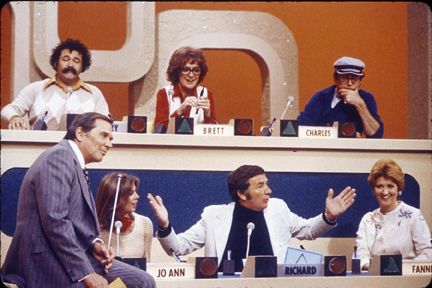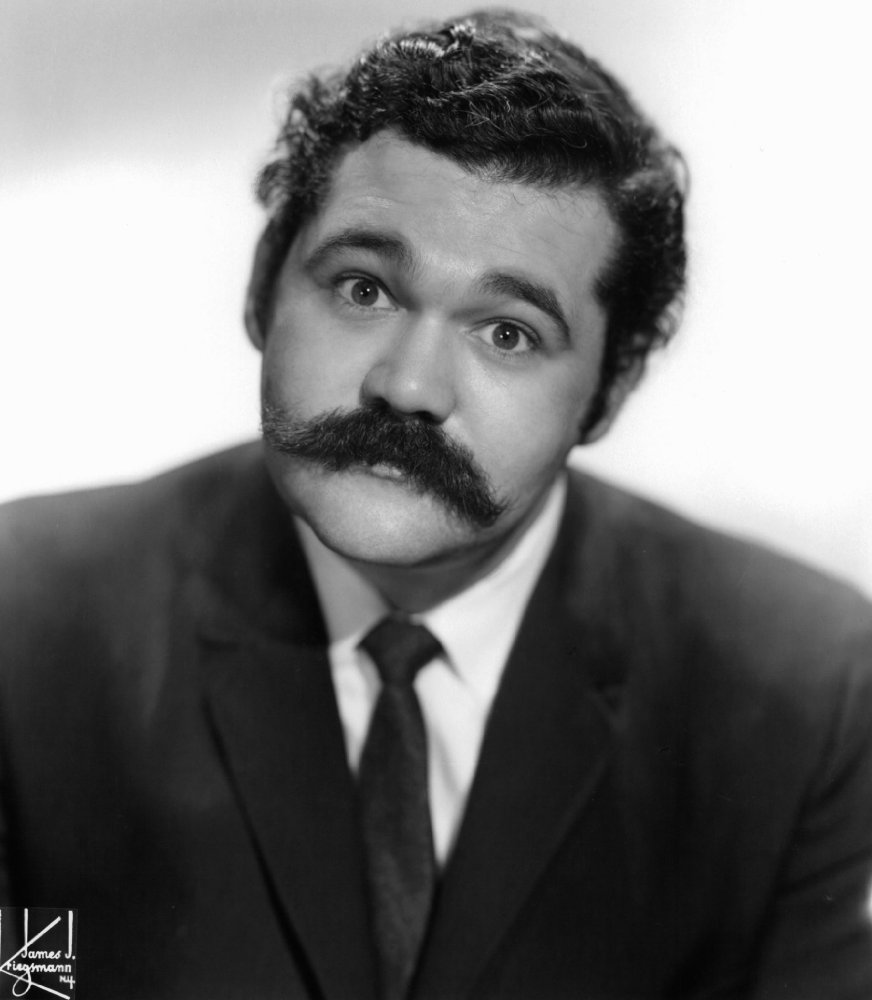His 1960s and 1970s partner on the comedy stage was Jack Burns, the slimmer, chatty, clean-cut, better-looking dunderhead. Avery Schreiber was the Oliver Hardy counterpart who bore the brunt of Burns' verbal drone. This rumpled, gap-toothed, hefty-sized master of the slow boil stood out among the crowd with his huge trademark walrus mustache, ...
Show more »
His 1960s and 1970s partner on the comedy stage was Jack Burns, the slimmer, chatty, clean-cut, better-looking dunderhead. Avery Schreiber was the Oliver Hardy counterpart who bore the brunt of Burns' verbal drone. This rumpled, gap-toothed, hefty-sized master of the slow boil stood out among the crowd with his huge trademark walrus mustache, thick thatch of curly black hair, slim teddy bear eyes and mischievous grin. Together the pair became a staple of TV variety shows, mainstays on such classic entertainment as "The Ed Sullivan Show," "The Dean Martin Show" and "The Hollywood Palace." Born in 1935 in Chicago, Illinois, of modest means, Schreiber's father was a common laborer while his mother made do as a secretary. At 17 Schreiber enlisted in the Armed Services and eventually became a part of the All-Army Talent Show. This satisfaction of putting on variety shows and entertaining prompted his move into a career of comedy. Winning a scholarship to the Pasadena Playhouse, he instead decided to stay closer to home and attend night school at the University of Chicago while studying his craft at the Goodman Theatre. A cabaret show brought him to the attention of the renown improv troupe Second City in 1960, where he remained for five years developing sketches and characters. It was here that Schreiber met Burns, a former Boston news anchorman, in 1962. The Irish/Jewish duo began performing together on cruise ships and elsewhere. Jack Paar first introduced "Burns & Schreiber" to TV on his "Tonight Show" program in 1964. The duo's most identifiable skit was the "taxi cab" routine with Avery as a beleaguered cabbie at the mercy of Burns' relentlessly gabby and nonsensical customer, with Burns punctuating every conversation with a repeated "Huh?...Huh?...Huh?" Political satire was also a strong, popular platform for Schreiber both with Burns (the album "The Watergate Comedy Hour") and without. Schreiber was at his very best skewering politicos. Both trained actors, they also gave each other the freedom to work solo. Burns would repeat as Deputy Warren Ferguson on The Andy Griffith Show (1960) for a time and Schreiber was a regular as the broadly villainous Captain Mancini on My Mother the Car (1965), now better known as the Edsel of 60s TV shows. At their peak, they appeared as regulars on the summer replacement musical variety series Our Place (1967), then earned the right to front their own summer series with The Burns and Schreiber Comedy Hour (1973). It was hard to figure out who in this duo was the funnyman and who was the straightman although Avery was considered the more reactive of the two. Breaking up once in 1968 because they felt stale, they reteamed for a time in 1972, but split again later when Burns decided to leave the limelight and devote himself exclusively to writing. Schreiber continued providing guest comedy relief on "Alice," "The Rockford Files" and "The Dukes of Hazzard" and sitting on game show panels. He also kept close ties to the stage throughout his career. Directing a Broadway revue entitled "How to Be a Jewish Mother" in 1967, he performed in (Second City) Paul Sills' production of "Ovid's Metamorphosis." Schreiber also performed in productions of "Hamlet," "Showboat" and "Fiddler on the Roof." He last appeared on Broadway in "Welcome to the Club" in 1989, which was a short-lived Cy Coleman musical. Households knew him best for his various Doritos corn chip ads in a sundry of disguises (chef, sultan, pilot), all of them perturbed by people loudly crunching on the popular snack. In addition to acting, Schreiber taught improv theater in and out of his L.A.-based area. In 1994, Schreiber suffered a heart attack, aggravated by his diabetes. Although he survived triple by-pass surgery, he never fully recovered. He died at age 66 in Los Angeles of a heart attack and was survived by his wife of 40 years, Rochelle Isaacs, and their two children, Jenny and Joshua.
Show less «





